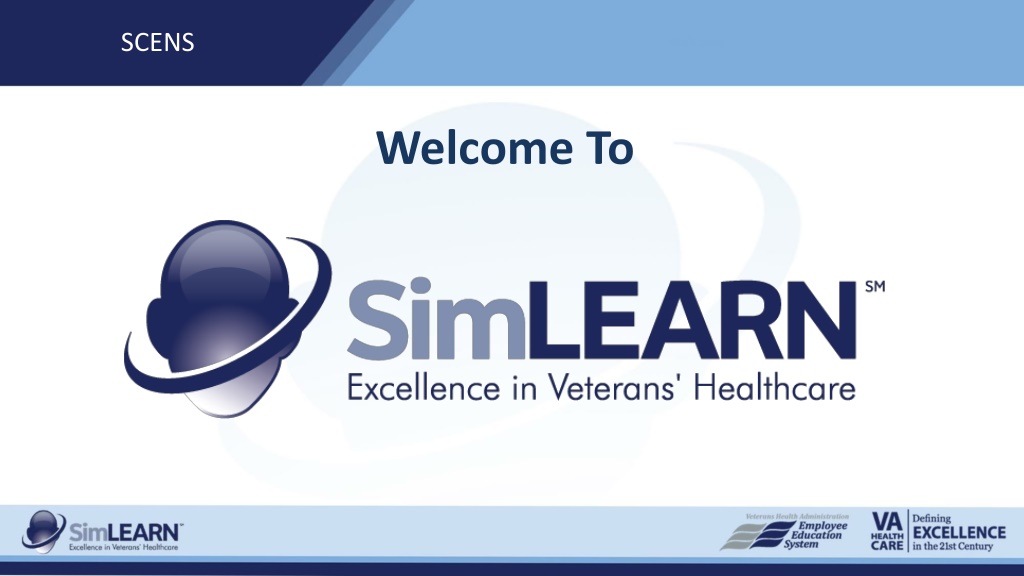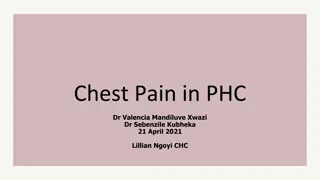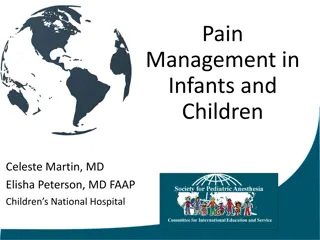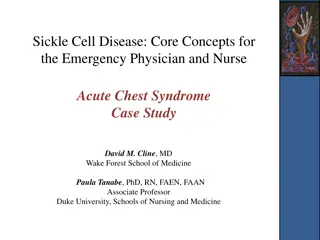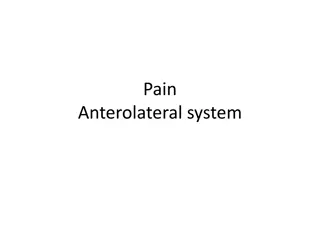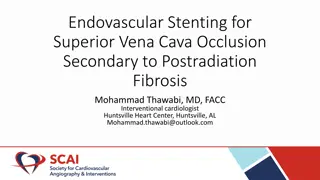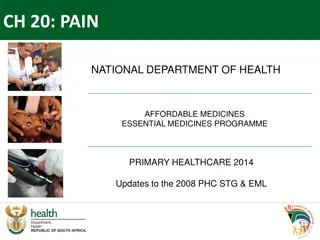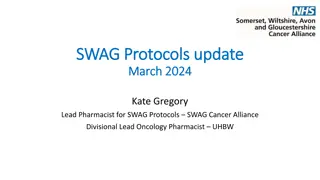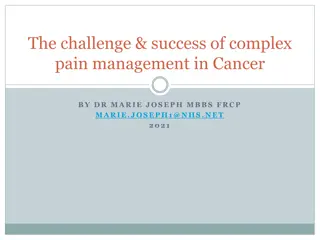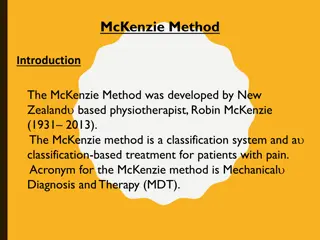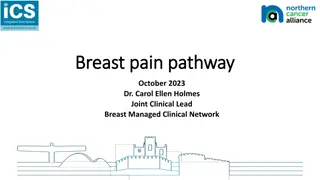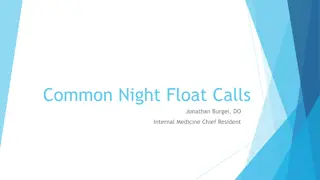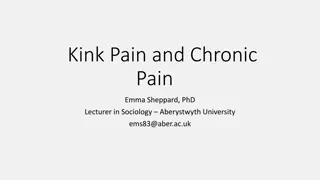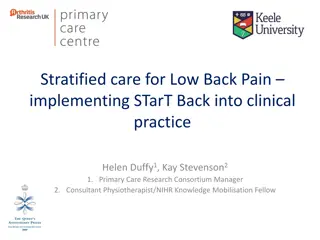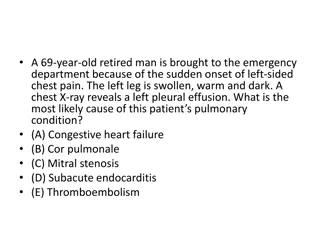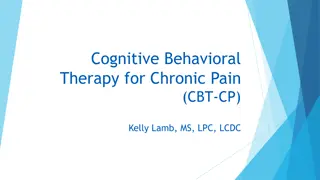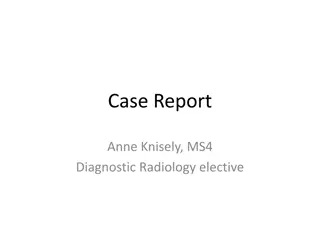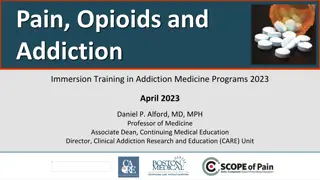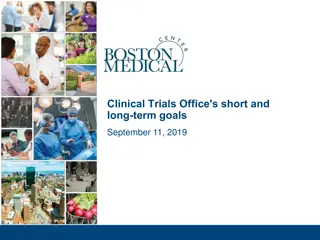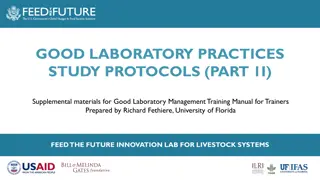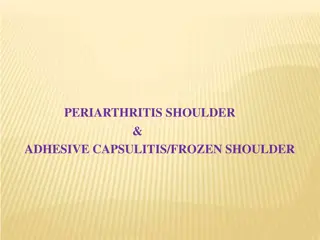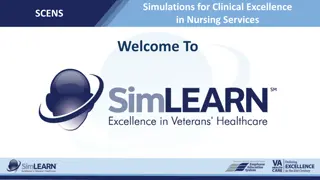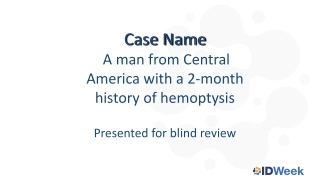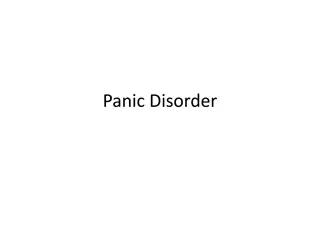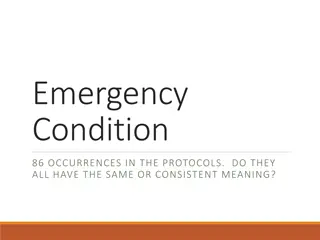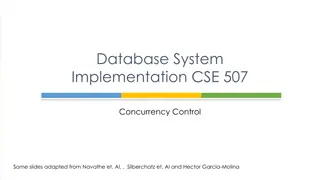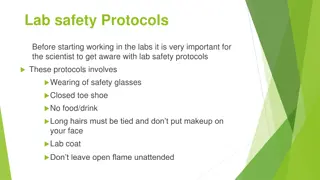Clinical Protocols for Chest Pain Management
This presentation covers key aspects of managing chest pain cases, including focused assessments, implementing protocols, responding to cardiac arrest, and facilitating effective communication. It discusses the importance of VHA Directive 1177 and various guidelines to improve patient outcomes in acute care settings.
Download Presentation

Please find below an Image/Link to download the presentation.
The content on the website is provided AS IS for your information and personal use only. It may not be sold, licensed, or shared on other websites without obtaining consent from the author. Download presentation by click this link. If you encounter any issues during the download, it is possible that the publisher has removed the file from their server.
E N D
Presentation Transcript
SCENS Welcome Welcome To
SCENS Chest Pain: Outpatient or Inpatient
Learning Objectives SCENS 1. Perform a focused assessment for the patient experiencing acute chest pain 2. Implement facility specific chest pain protocol 3. Demonstrate the appropriate responses to the first 5 minutes of cardiac arrest 4. Facilitate effective communication when caring for the patient with chest pain
Why? SCENS VHA Directive 1177 VHA Resuscitation Education Initiative (REdI) Variation in training Door-to-Balloon time goal Door-to-Needle time goal American Heart Association (AHA) Guidelines American Association of Critical Care Nurses Hospital National Patient Safety Goals See Slide Notes
Focused Assessment SCENS Clinical manifestations Pain Recognize changes in patient status Medical history Medications Psychosocial See Slide Notes
Chest Pain Protocol SCENS Give morphine if needed Establish IV access Fingerstick blood sugar (FSBS) Labs/diagnostics (cardiac markers, electrolytes and coagulation studies) per protocol Chest x-ray Fibrinolytic checklist Rapid response activation American Heart Association Standards Vital signs and oxygen saturation Apply 4L oxygen for 90% saturation or less per protocol 12 lead ECG Check for allergies Give aspirin 160-325 mg. Consider nitroglycerin sublingual or spray See Slide Notes
First 5 minutes of Cardiac Arrest SCENS Establish patient unresponsiveness Call for help per facility protocol Request/apply automated external defibrillator (AED) or defibrillator per facility protocol Check for a breathing and a pulse Chest compressions/bag mask ventilations (30:2) Apply automated external defibrillator (AED) or defibrillator pads Turn power on Safety check Delivery of shock if indicated See Slide Notes
Effective Communication SCENS Roles and responsibilities during cardiac arrest Team leader Who will Closed-loop communication ISBAR Who to notify of change in patient status Facility specific documentation 3. Sender verifies message was received 1. Sender initiates message 2. Receiver accepts message, provides feedback communication See Slide Notes
Potential Issues SCENS Patient code status Consider admit/transfer to another unit/facility Issues with equipment or supplies Medication contraindications Potential delays in treatment Outpatient versus inpatient See Slide Notes
Summary SCENS 1. Discussed a focused assessment for the patient experiencing acute chest pain 2. Reviewed the implementation of chest pain protocol 3. Demonstrated the appropriate interventions for the first 5 minutes of cardiac arrest 4. Discussed effective communication when caring for the patient with chest pain
Questions SCENS
Chest Pain: SCENS Outpatient or Inpatient John Madsen Sixty-five (65) year-old male complaining of chest pressure and left arm pain not relieved with rest Past Medical History: Type 2 diabetes Past Surgical History: Cholecystectomy Medications: 500 mg Metformin three times daily with meals Allergies: No known drug allergies (NKDA) See Slide Notes
